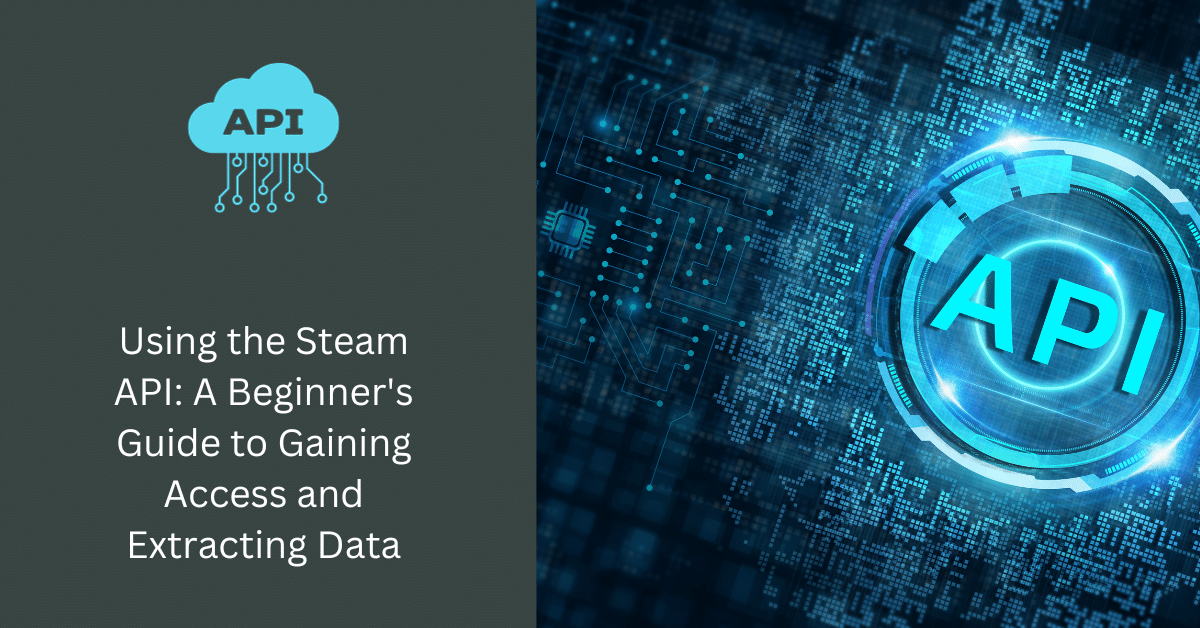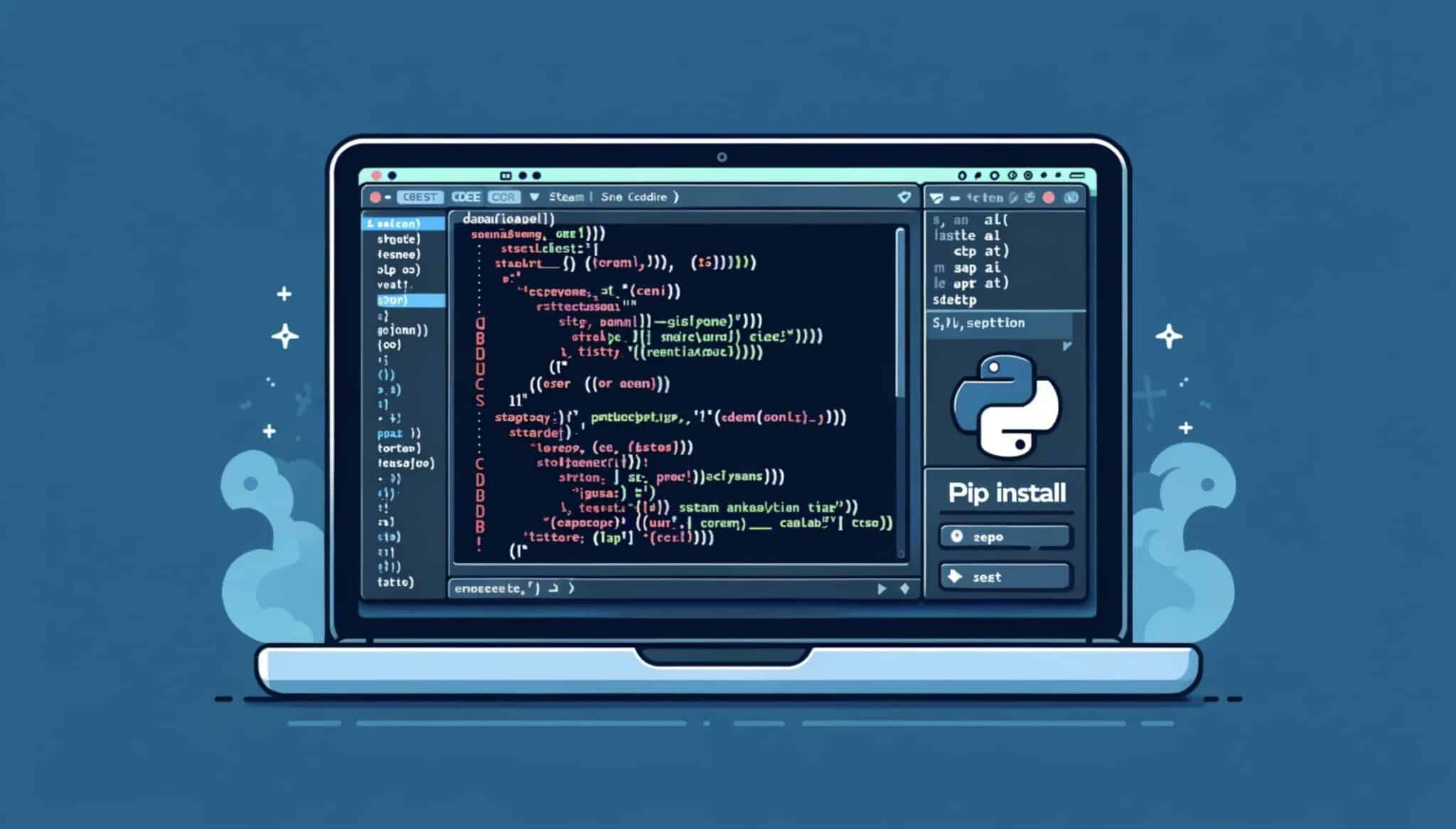
In this blog post, we will delve into the Steam API and unveil the secrets behind accessing and extracting data from the Steam platform. Whether you’re an enthusiastic gamer or a developer looking for insights, this beginner’s guide will equip you with the knowledge to leverage the Steam API effectively. Let’s jump right in!
Obtaining the Steam Web API Key:
To start harnessing the power of the Steam API, you’ll need to acquire a unique API key. Simply open your web browser and search for “Steam Developer API.” Follow the URL provided and navigate to the page where you can obtain your API key. Here, you’ll be prompted to sign in to your Steam account. You can even use the QR code scanner in the Steam app for a convenient sign-in process. Once logged in, you’ll receive your API key, and you’ll have the option to associate it with your domain name.

Setting Up the Python Environment:
Now that you have your API key, it’s time to set up the Python environment to interact with the Steam API. Open another tab in your web browser and search for the “Python Steam API” package. Look for the latest version and copy the package name. Open your preferred code editor, such as VS Code, and create a Python file named “test.py.” Install the Python Steam API package using the command prompt with the copied package name.
pip install <copied-package-name>Configuring the API Key:
Before utilizing the API key, it’s advisable to create a virtual environment. This will help in managing dependencies and ensuring that the setup remains consistent. Here’s how you can set up a virtual environment and configure the API key:
python -m venv myenv
source myenv/bin/activate # On Windows, use myenv\Scripts\activateNow, create a .env file in your project directory, and add the following line, replacing <your-api-key> with the actual API key:
STEAM_API_KEY=<your-api-key> Extracting User Details:
With the setup complete, let’s delve into extracting user details using the Steam API. Please note that the exact method of accessing user data might vary based on the library you’re using. As an example, suppose you’re using a hypothetical library called steam-py. You might do something like this:
import steam_py as steam
from decouple import configapi_key = config('STEAM_API_KEY')
user = steam.User(api_key)
user_details = user.get_user_details()Accessing Friend Lists:
Similarly, you can access friend lists through the Steam API. Here’s how you might do it using our hypothetical steam-py library:
friend_list = user.get_user_friend_list()
Exploring Recently Played Games:
Additionally, the Steam API enables you to explore recently played games. Here’s an example of how you might retrieve this data:
recent_games = user.get_user_recently_played_games()Conclusion:
Congratulations! You’ve discovered the potential of the Steam API and learned how to harness its power for extracting user details, friend lists, and recently played games. By following the steps outlined in this guide, you can truly enhance your gaming experience and gain valuable insights. Start utilizing the Steam API today and unlock a world of possibilities. Don’t miss out on the incredible opportunities that await you!





